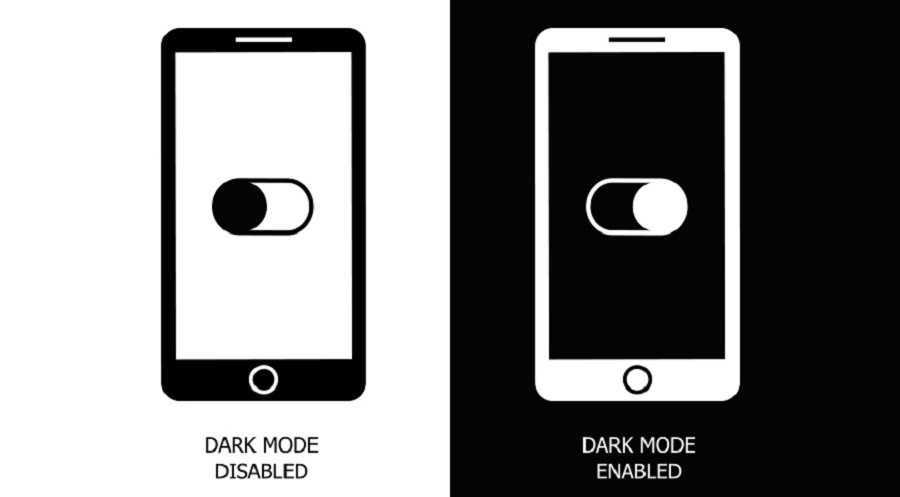Regarding the display of our digital devices, we have two options: dark and light modes. In recent years, the use of dark mode has become more prevalent due to its aesthetic appeal and perceived health benefits. But is it really better for our eyes? In this article, we will explore the science behind dark and light modes, and determine which is better for our eyes.
The Science Behind Light and Dark Modes

How Light Affects Our Eyes
The human eye is a complex organ that allows us to see the world around us. Light enters the eye through the cornea and is focused by the lens onto the retina at the back of the eye. The retina contains photoreceptor cells called rods and cones, which convert light into electrical signals that are sent to the brain to form an image.
Exposure to light stimulates the photoreceptor cells in our eyes, causing them to work harder. This can lead to eyestrain, fatigue, and headaches, especially when we spend long periods of time looking at screens.
Light Mode
Light mode, also known as white mode or normal mode, is the default display setting for most digital devices. It uses a light background with dark text and graphics. This setting is preferred by many users because it is easier to read and provides better color contrast.
However, prolonged exposure to light mode can cause eyestrain and fatigue, especially in low-light environments. This is because the bright light emitted by the screen stimulates the photoreceptor cells in our eyes, causing them to work harder and leading to discomfort and headaches.
Dark Mode
Dark mode, also known as night mode or black mode, uses a dark background with light text and graphics. This setting reduces the amount of light emitted by the screen, making it easier on the eyes, especially in low-light environments.
Dark mode has become increasingly popular in recent years due to its perceived health benefits. Supporters of dark mode claim that it reduces eyestrain and fatigue, improves sleep quality, and prolongs battery life on devices with OLED screens.
Which is Better for Your Eyes?
While there is no definitive answer to whether dark mode or light mode is better for our eyes, there are several factors to consider.
Personal Preference
Ultimately, the choice between dark mode and light mode comes down to personal preference. Some people find dark mode more comfortable on their eyes, while others prefer light mode. It is important to experiment with both settings and find what works best for you.
Lighting Conditions
The lighting conditions in which you use your digital device can also affect your eye health. In low-light environments, such as a dimly lit room, dark mode may be easier on the eyes. However, in bright environments, such as outdoors, light mode may be more readable.
Screen Size and Resolution
The size and resolution of your screen can also affect your eye health. Smaller screens with lower resolution may be more difficult to read, especially in light mode. On the other hand, larger screens with higher resolution may be more comfortable on the eyes, especially in dark mode.
Time Spent on Devices
Perhaps the most important factor to consider when it comes to eye health is the amount of time you spend looking at screens. Regardless of whether you use dark mode or light mode, prolonged screen time can lead to eyestrain, fatigue, and other symptoms of digital eye strain.
Conclusion
In conclusion, the debate between dark mode and light mode is not a clear-cut one. While dark mode may be easier on the eyes in low-light environments, it may not be as readable in bright environments.





